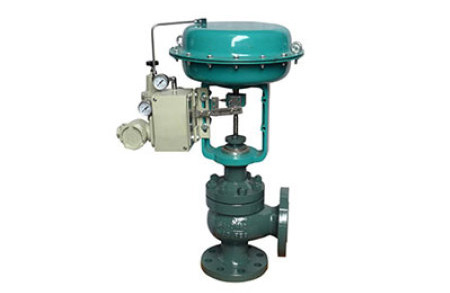
A、The use and characteristic of pneumatic control valve is a right-angle rotary structure, which can be used with valve positioner to achieve proportional adjustment; V-type valve core is most suitable for various adjustment occasions, with large rated flow coefficient, large adjustable ratio, good sealing effect, sensitive regulation performance, small volume, and can be installed vertically. It is suitable for controlling gas, steam, liquid and other media.
B、Characteristic: It is a right-angle rotary structure, consisting of V-type valve body, pneumatic actuator, positioner and other accessories; it has an inherent flow characteristic of approximate equal ratio; it adopts double bearing structure with small starting torque, good sensitivity and induction speed; and it has super shear capacity.
C、The pneumatic piston actuator uses compressed air as power source. The crank arm is rotated 90 degrees by the piston motion, so that the valve can be opened and closed automatically. Its components are: adjusting bolt, actuator box, crank arm, cylinder block, cylinder shaft, piston, connecting rod, universal shaft.
D、The working principle of pneumatic control valve: pneumatic control valve is composed of actuator and regulator. The actuator is the thrust component of the control valve, which generates the corresponding thrust according to the magnitude of the control signal pressure and promotes the action of the control mechanism. The valve body is the regulating part of the pneumatic control valve, which directly contacts the regulating medium to regulate the flow of the fluid.
Source: Baidu Encyclopedia

